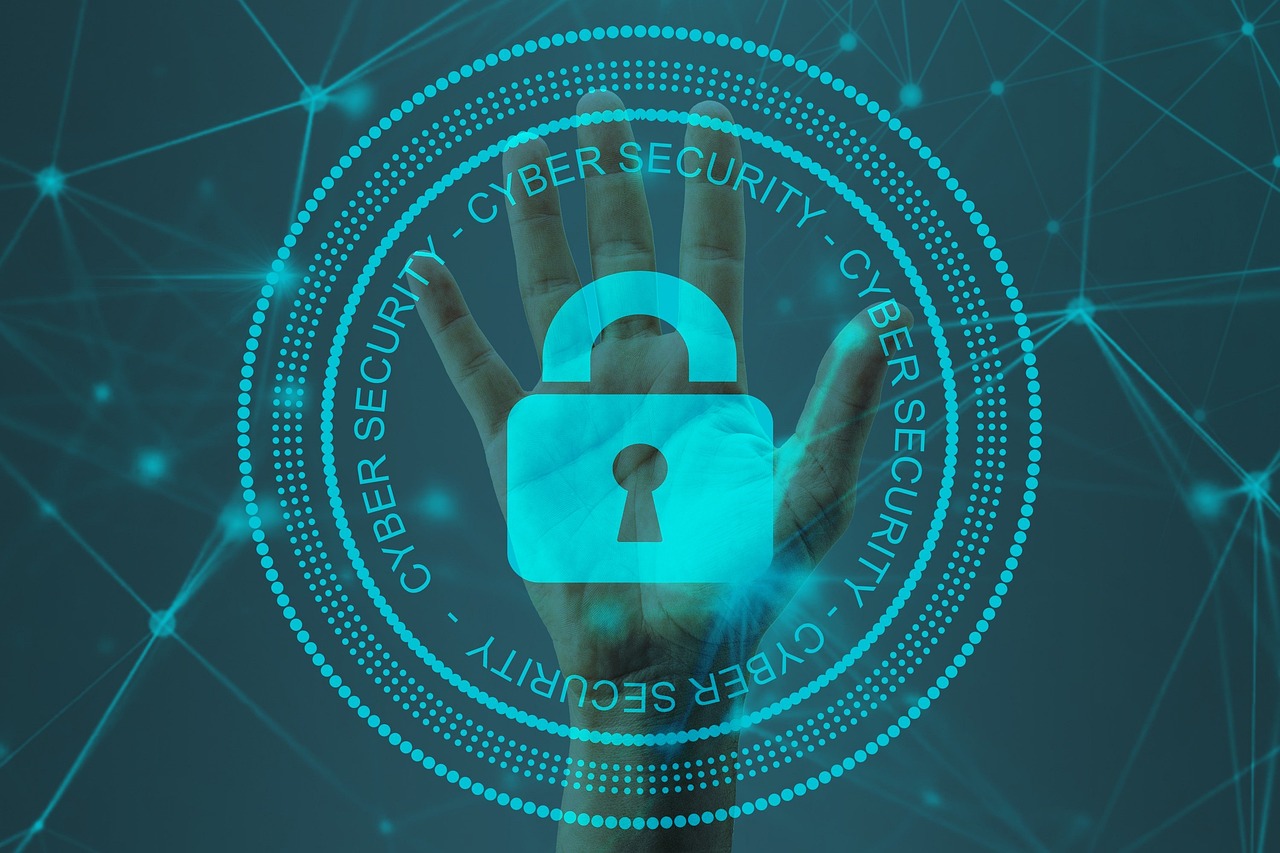


Key Tips & Tricks for Network Security Improvement
In today’s hyper-connected world, network security is no longer optional—it’s essential. Whether you’re managing a small business or a large enterprise, protecting your network against breaches, data theft, and malicious attacks should be a top priority. Below are key tips and tricks to help you improve your network security:
1. Regularly Update Software & Firmware
- Always keep your operating systems, applications, firewalls, and firmware up to date.
- Enable automatic updates where possible to reduce the risk of missing critical patches.
2. Use Strong, Unique Passwords & Enable MFA
- Encourage complex, unique passwords for all users.
- Implement multi-factor authentication (MFA) to add a second layer of defense.
3. Implement Network Segmentation
- Divide your network into segments (e.g., guest Wi-Fi, internal systems, development servers).
- This limits lateral movement if a breach occurs.
4. Encrypt Sensitive Data
- Use encryption for data at rest and in transit.
- HTTPS, VPNs, and encrypted storage should be standard practices.
5. Conduct Regular Security Audits & Penetration Testing
- Schedule routine audits to identify vulnerabilities.
- Use ethical hackers or third-party services to simulate attacks and test defenses.
6. Install and Maintain Firewalls and IDS/IPS
- Use firewalls to control traffic and prevent unauthorized access.
- Deploy Intrusion Detection/Prevention Systems (IDS/IPS) to monitor for suspicious activity.
7. Educate Employees on Cybersecurity Hygiene
- Train staff on phishing, malware, and safe browsing practices.
- Conduct simulated phishing campaigns to test awareness.
8. Limit User Privileges
- Follow the principle of least privilege (PoLP)—users should only have access to the data and systems they need.
- Use role-based access control (RBAC) where applicable.
9. Secure Physical Access
- Ensure that server rooms and critical infrastructure are physically secure.
- Use access cards, biometric locks, and surveillance systems.
10. Backup Data Regularly and Securely
- Maintain regular backups of critical data, both onsite and offsite (cloud or physical).
- Test backups periodically to ensure they can be restored effectively.
11. Monitor Network Traffic
- Use monitoring tools to keep an eye on unusual traffic or anomalies.
- Set up alerts for suspicious behavior.
12. Stay Informed About New Threats
- Subscribe to cybersecurity news sources, threat intelligence feeds, and vendor alerts.
- Stay current with evolving attack vectors and security best practices.
Conclusion:
Improving network security is a continuous process that requires a proactive approach. By implementing these best practices and maintaining a culture of cybersecurity awareness, organizations can significantly reduce the risk of breaches and ensure the safety of their data and systems.
3 Comments
In hac habitasse plat dictumst. Integer venenatis eu arcu et convallis. Vestibulum in lacinia sem, quis aliquet turpis. Fusce bib endum posuere velit, ut auctor leo ali quam vel. Suspendisse ut pharetra urna.
In hac habitasse plat dictumst. Integer venenatis eu arcu et convallis. Vestibulum in lacinia sem, quis aliquet turpis. Fusce bib endum posuere velit, ut auctor leo ali quam vel. Suspendisse ut pharetra urna.
In hac habitasse plat dictumst. Integer venenatis eu arcu et convallis. Vestibulum in lacinia sem, quis aliquet turpis. Fusce bib endum posuere velit, ut auctor leo ali quam vel. Suspendisse ut pharetra urna.s